In an increasingly competitive mobile app marketplace, visual communication plays a pivotal role in attracting and retaining users. Effective visuals not only enhance aesthetic appeal but also serve as a bridge between complex functionality and user understanding. This article explores how visual strategies influence engagement, supported by practical examples and current research, to help developers harness the full potential of visual design in their apps.
Contents
- 1. Introduction: The Power of Visuals in Mobile App Engagement
- 2. Foundations of Visual Design in Mobile Apps
- 3. Psychological Impact of Visuals on User Engagement
- 4. Case Study: Pokémon GO – An Iconic Use of Visuals to Engage Users
- 5. The Role of Visuals in User Acquisition and Retention Strategies
- 6. Modern Visual Strategies in App Design: Insights from Google Play Store Examples
- 7. Navigating Platform Constraints and Opportunities for Visuals
- 8. Future Trends in Visual Engagement for Mobile Apps
- 9. Conclusion: Mastering Visuals to Drive App Success
1. Introduction: The Power of Visuals in Mobile App Engagement
Visual communication is fundamental to how users perceive and interact with mobile applications. Studies show that the human brain processes images 60,000 times faster than text, making visuals a critical component for capturing attention quickly. Well-designed visuals can evoke emotions, clarify complex features, and guide user behavior seamlessly. The primary objective for developers and designers is to craft visual strategies that foster engagement, retention, and positive brand perception. To illustrate these principles, consider how a game like candy fit .apk installer exemplifies modern visual storytelling—combining vibrant colors, intuitive icons, and immersive animations to captivate users from first launch.
Table of Contents
2. Foundations of Visual Design in Mobile Apps
Successful visual design rests on core principles that ensure clarity, consistency, and aesthetic appeal. Clarity involves designing visuals that communicate their purpose instantly—icons, buttons, and layouts should be intuitive. Consistency maintains a unified look and feel across all screens, reinforcing brand identity and reducing cognitive load. Aesthetics, while subjective, influence user satisfaction and perceived quality. For example, minimalistic interfaces with clean lines and harmonious color schemes often promote a sense of trust and professionalism. Visual branding—logos, color palettes, typography—forms the visual identity that helps users recognize and connect with an app. Effective visual design enhances usability by guiding users naturally through tasks, reducing frustration, and increasing engagement.
Role of branding and visual identity
Branding elements like logos and color schemes are woven into every visual touchpoint, creating a cohesive experience. For instance, vibrant colors used in a fitness app’s interface can evoke energy and motivation, reinforcing the app’s purpose. When visual identity aligns with user expectations and platform standards, it fosters trust and encourages prolonged use.
3. Psychological Impact of Visuals on User Engagement
Visual cues activate emotional responses that influence user behavior. Bright colors like red or orange can trigger excitement and urgency, motivating quick actions, while softer hues promote calmness and trust. Imagery, such as friendly character designs or aspirational visuals, can inspire users to explore further. For example, in game design, rewarding visuals, such as animated fireworks or shiny trophies, reinforce positive reinforcement, encouraging users to continue playing. Research indicates that emotional engagement through visuals significantly correlates with increased session duration and app loyalty.
Color psychology and imagery
Colors influence perceptions and decisions. Blue often signifies trust, making it popular for finance and health apps. Green suggests growth and balance, suitable for wellness apps. Imagery that aligns with user aspirations—like success, health, or fun—can motivate ongoing engagement. The combination of these elements creates a compelling emotional narrative within the app environment.
4. Case Study: Pokémon GO – An Iconic Use of Visuals to Engage Users
Pokémon GO exemplifies how immersive visuals can transform user engagement. Its augmented reality (AR) visuals blend real-world environments with animated Pokémon, creating a seamless sense of discovery. The character design adheres to the familiar aesthetic of the franchise, fostering instant recognition and nostalgia. Visual cues like glowing Poké Balls guide players toward interactions, while environmental cues motivate exploration across diverse terrains. The game’s seasonal and event-based visuals—like special Pokémon skins or themed environments—drive repeat engagement and retention. This approach leverages visual storytelling to sustain long-term user interest, demonstrating timeless principles of immersive design.
Visual elements that create immersion and motivation
- AR visual overlays that integrate seamlessly with real-world scenes
- Design of iconic characters that evoke emotional attachment
- Visual cues like animations and glowing effects to guide gameplay
- Reward visuals that reinforce achievement and encourage continued play
5. The Role of Visuals in User Acquisition and Retention Strategies
Visuals are central to marketing and user engagement tactics. App icons, screenshots, and promotional videos serve as digital storefronts, influencing download decisions. A compelling icon with vibrant colors and clear symbolism attracts attention amidst thousands of options. Consistency across app store listings and in-app visuals reinforces recognition and trust. For ongoing retention, seasonal updates, themed icons, and visual notifications keep the app feeling fresh and relevant. For example, during holidays, apps often introduce special visual themes that motivate users to return and participate in limited-time events. Maintaining visual coherence across platforms is essential for building a strong brand presence and encouraging long-term engagement.
6. Modern Visual Strategies in App Design: Insights from Google Play Store Examples
Successful apps on the Google Play Store leverage dynamic visuals—animations, micro-interactions, and immediate visual feedback—to enhance user experience. For instance, loading animations that entertain or inform reduce perceived wait times. Visual feedback for actions, such as subtle button animations or color changes, reassure users that their inputs are registered. Additionally, well-organized visual layouts and app bundles improve discoverability, as users can quickly scan through features. Effective use of high-quality screenshots and videos showcases app benefits and usability, increasing conversion rates.
Visual organization and discoverability
| Visual Strategy | Benefit |
|---|---|
| Micro-interactions | Enhance usability and delight users |
| Animations & Feedback | Guide user actions and provide reassurance |
| App Bundles & Layouts | Optimize discoverability and navigation |
7. Navigating Platform Constraints and Opportunities for Visuals
Platform-specific guidelines influence how visuals can be used effectively. Apple’s App Tracking Transparency (ATT) impacts how apps incorporate personalized content, necessitating visuals that respect user privacy. Balancing visual appeal with platform restrictions involves designing transparent, trust-building visuals—such as privacy icons or informative pop-ups—that communicate data handling practices clearly. Incorporating visuals that support privacy, like secure badge icons or anonymized data visuals, enhances trust and complies with regulations. Developers need to adapt visual strategies to each platform’s unique interface guidelines while maintaining brand consistency.
8. Future Trends in Visual Engagement for Mobile Apps
Emerging technologies are revolutionizing visual engagement. Augmented reality (AR), virtual reality (VR), and immersive visuals open new dimensions for user interaction. Personalization, driven by user data and AI, tailors visuals to individual preferences, increasing relevance and engagement. AI-generated visuals—such as dynamic backgrounds or customized avatars—offer scalable, personalized experiences. As research indicates, such adaptive visuals can significantly boost user retention by making interactions feel more intuitive and responsive. Staying ahead involves integrating these innovations thoughtfully, ensuring they complement core user needs without overwhelming the interface.
9. Conclusion: Mastering Visuals to Drive App Success
Effective visual strategies are fundamental to the success of modern mobile applications. By applying principles of clarity, consistency, and emotional resonance, developers can create compelling user experiences. From immersive AR visuals to micro-interactions, each element contributes to engagement and retention. Practical implementation involves balancing innovative visuals with platform guidelines and user trust considerations. As technology advances, integrating AI, AR, and personalization will become increasingly vital. Embracing these trends ensures that apps remain relevant, engaging, and competitive in the evolving mobile ecosystem. Remember, mastering visuals is not just about aesthetics—it’s about crafting meaningful connections with users that drive sustained success.

